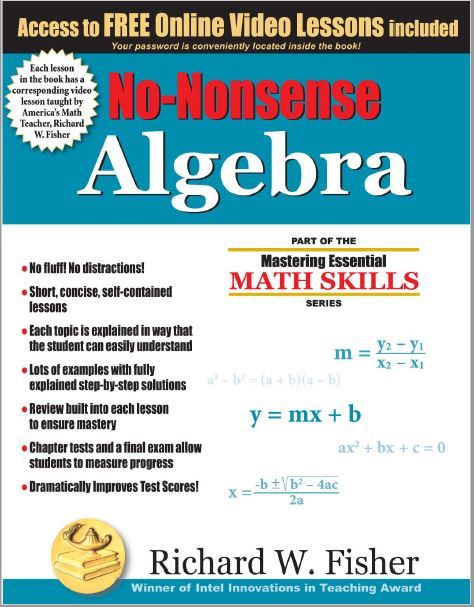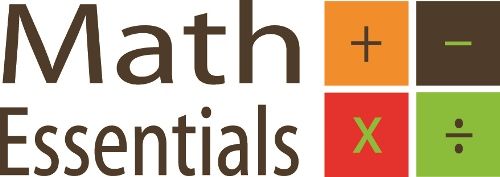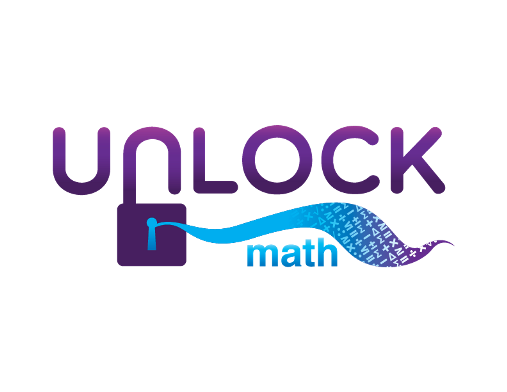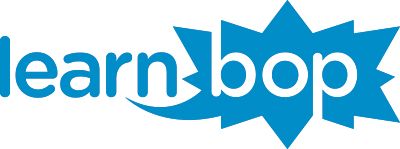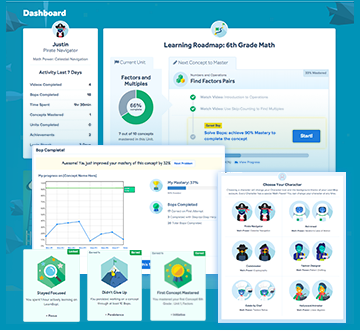
In September I learned I had been chosen to review CTCMath! I was glad I'd been chosen because this was one of the few review products that my son asked for!
Some Crew members were given a Single Membership for a year and some were given a Family Membership. I requested a Single Membership because only one of us would be working consistently on the program during the review period. I had a previous account with CTCMath with a Family membership, and I was surprised and delighted when CTCMath just added 12 months to my Family Membership. Thank you, CTCMath!
I knew that during this review period my son could not commit to using the product three days per week (which is why I could only request the Single Membership). I was permitted to review the product as the student myself. I want to emphasize how important it is for any parent to considering having their own student account -- for most of us, we still need the Math work ourselves if we are going to help our students!
The high school courses in CTCMath are not intended to be a complete curriculum. They are wonderful, though, and there are many different ways to use them. As a parent, I like to start at the beginning and work my way through from beginning to end. For the student, as a supplement to the coursework, you might find areas where CTCMath presents topics in a different order than your main curriculum, or at a different rate of speed. You might open each section as your student reaches the topic in your main curriculum, or you might use CTCMath sections only where your student is struggling. Or if your student is advanced, might even use CTCMath as your main material, and then use the tests from your other curriculum to "test out" and document that your student has comprehension of the section. I could easily see switching back and forth between those last two methods!
I did one day of CTCMath using my son's account, looking at Geometry (which is the Math course my son is taking in high school this year). Then I realized that I needed to stick with one account (my own) and not switch between accounts, or it might look to the vendor like I wasn't using the product as often as I had committed to.
My next CTCMath log in I used my own student account, and for my own coursework I had planned to work on Calculus. Since I got an "A" in Calculus I in college, I thought this was safe.
Each course has the option of starting with a "Diagnostic Test" for the student. I did the diagnostic test in a previous course, but not this time. If I've done the previous course, I find it trying on my patience to take the diagnostic test. If I am a little rusty, I'll score poorly on a diagnostic even though I've studied the material and just need some review. And if they ask me certain questions I should know and don't ("Which statements are true of a Rhombus"), I'll look like I should go down an entire level! I usually figure if a student has completed Algebra I they're ready to progress to Algebra II or Geometry.
The Calculus lessons are divided into Part 1 and Part 2, and Part 1 begins with a review section.

The student can work directly from the computer, or the worksheet can be printed out. Sample worksheet:
What was different for me on this CTCMath course was that the student is supposed to complete the worksheet and then self-check the answers against an answer sheet:

and then enter the student score:
The answers are to be a percentage, which means the student has to determine what percentage is correct. This is difficult to do because there is no indication as to weight per question - Q1 has 7 problems and Q2 has four. Are they weighted equally? Do you give partial credit? My son would not likely take time for figure out the percent for 10 right out of 11 questions...
So I worked on Calculus for weeks, but often I'd watch the video one day but not finish the worksheet until the next (because it was difficult, and frankly, I wasn't ready for it). I knew I was in trouble when I had to graph equations to the number plane.
Graphing (1)(b) was difficult - I could see that it was a parabala hitting Y at "2", but don't really know why, or whether I should know how to graph the parabala exactly...
(1)(c) was worse -- I had no idea how to graph it. And looking at the answer did not clarify it for me.
I knew I was in over my head. Time to switch back to Geometry. I had done part of the beginning Geometry on my son's account, but did them again. I like the lessons where the student enters the answer and the program indicates correct or incorrect problem by problem.
The above type of question annoyed me because I read and answer too quickly and get it wrong because I only see "Choose ALL of the quadrilaterals" and I miss "and circles." Then I get the answer wrong... I learned to slow down.
The student can't lie to the parent about time spent on the program because it keeps track of everything! I found I had logged in much less than I realized because it was taking me two days to get certain lessons done. It doesn't look as good as I had expected:

CTCMath also sends a weekly report to the parent. The weekly report shows my efforts in a better light, because it does not show only what was completed but rather shows how often I logged in and was working on the material.
Pardon my black outs for privacy...
I can't tell you enough how much I have loved working with CTCMath this month. It has been "tweaked" and is very intuitive and east to work with. There is still room for improvement on the student entering their own grade. It would help if each problem indicated how many points it was worth in a way that the points add up to 100 - then the student could more easily determine their score on a worksheet.
I really love CTCMath and encourage you to give it a try. There is an option for giving a student account a trial, and there is an offer for getting a 6-month subscription for 60% off.
I may not have made it clear, so I'll say it here - CTCMath has courses from Kindergarten to Calculus. The lower grades constitute a complete curriculum and the high school courses are supplemental lessons.
Try the Free Trial and let me know what you think!
Other members of the Homeschool Review Crew also reviewed CTCMath. To read more reviews, click the button below:














